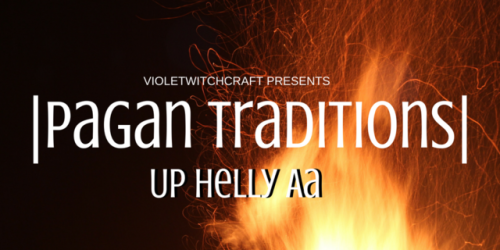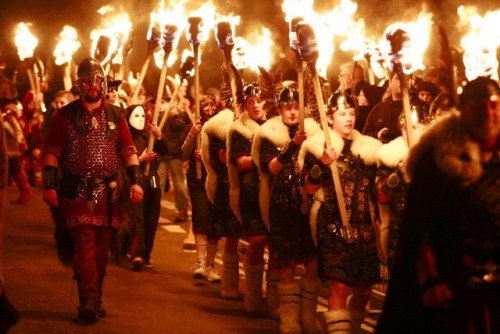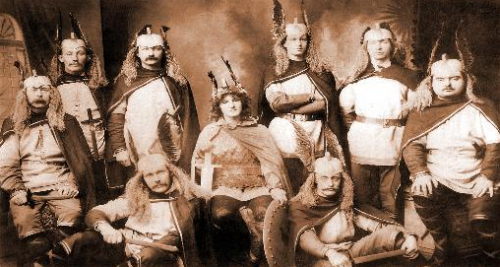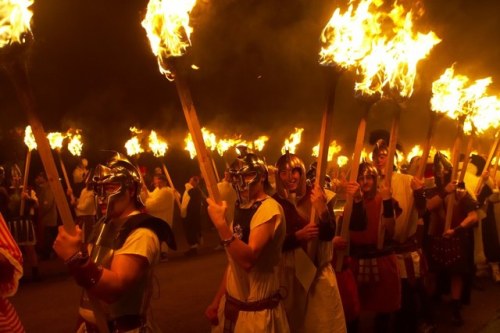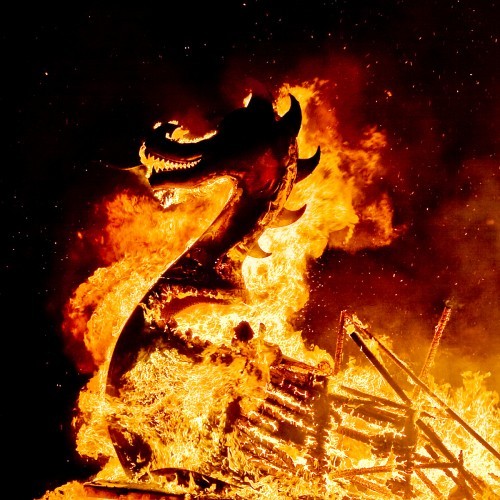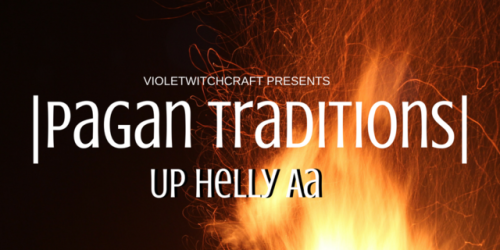#shetlandic
Up Helly Aa: The Viking fire festival you’ve never heard of.
What is it?
Up Helly Aa is a historic, lively festival observed on the Shetland Isles. Shetlanders come together on the last Tuesday of January to celebrate their rich Norse heritage in a festival of fire, song, mead, longships and tradition. With only a small island population of 23,000, this still remains the largest festival of its kind in Europe.
The Shetland Isles? Where are they?
The Shetland Isles lie above Scotland, above the Orkney Isles, somewhere between the British Isles and Norway.
Shetland has a long and rich history of Norse rule and settlers, having being ruled and owned by both Norway and Denmark. To this day, despite being Scottish and part of the UK on paper, the island maintains a very close connection with their Northernly neighbours in Norway. Shetlanders themselves generally don’t feel connected to the UK, referring to most not born on the Isles as ‘mainlanders’. In this way Shetland is unique; not Norwegian but not Scottish, they consider themselves simply Shetlandic (also used as a term to refer to the Shetland Dialect).
What happens during the event?
One thousand guizers (see below) carry firelight torches through the night in the streets of Lerwick, dressed head to toe as Vikings, chanting Norse rhymes and songs. Spectators line the streets to cheer the participants along their journey. The procession ends when the longship the men have been dragging along is placed in the centre of the city. The longship, called The Galley is set ablaze with the torches while songs and poems fly through the air, helping it on its way to Valhalla. This is a time to celebrate ancestors, both Norse and Shetlandic.
Then, of course, it’s time to drink. Most of the community comes out to the pubs to celebrate until the early hours with music, storytelling and dancing. These events also take place in community halls on the island.
The daytime of Up Helly Aa is structured around the Jarl making visits around the town and paying respect to the Nordic history of the isle. This involves meeting with various officials and members of the community to show respect to every aspect of the Island, old and new.
- After an early morning march to the Lerwick branch of the British Legion, the Jarl and his Squad make their way to view the Bill and praise it through song. They stop for official photos to commemorate the event at the Bressay Ferry Terminal, as well as to entertain the groups of schoolchildren that are brought out of class to meet the Squad.
- They then march through Fort Charlotte and receive a civic reception at the town hall. A toast is drunk and the Jarl is given the freedom of the town for 24 hours.
- Following this is the main community section of events. The Jarl Squad will visit the two primary schools, the hospital and even the homes of the elderly.
- There is a visit to the Shetland Museum which is regarded as the best opportunity to stop and speak with the procession as a member of the general public. It is after this event that all of the Jarly duties are fulfilled and preparation for the firelit procession in the evening begins.
The History;
1.Origins
The festival is actually fairly modern. Though there is some evidence to point towards Up Helly Aa being celebrated on a small scale in some rural areas, the festivities really began to pick up in the 1800s with more and more people driven to the main town of the island, Lerwick, to celebrate. In it’s earliest incarnations it is believed that the festival was simply an excuse for merriment and celebration amongst locals during the cold bleak months, much like Yule has always traditionally been something similar.
2.Formation
The festival wasn’t given a name until the 1870s when a group of young men native to Lerwick brought a plethora of new ideas, celebrations and structure to the event. The name of Up Helly Aa was chosen and the date of the festival pushed back to a time further away from the Solstice than it had previously been. It was also at this time that the tradition of baring torches, ‘guizing’ (wearing elaborate folkish costumes) and song. During the 1880s and even until the beginning of the 20th century, more changes were implemented to elevate the event from local merriment at the pubs to something that celebrated the islands long history. It was in these years that the Viking longship was introduced, along with the Guizer Jarl; a man chosen to lead those in costume.
3. Up Helly Aa Bill
In the early days of the festival, details of the event such as the date or specific conditions would be released in a Bill that was displayed in places like the town square or hall. The Bill was commissioned by the Jarl every year to a different artist, with the contents being decided by the Up Helly Aa council. The bill would always end in a seal of approval by the Jarl. The central location of the release of the Bill, however, and the first place people would go to look, is Market Cross in Lerwick. While the original purpose was simply information on the event, it soon encompassed local jokes, satire and a heroic like description.
4.The Guizer Jarl and his Vikings;
Much more than simply the leader of a ragtag group of people dressing up, the Guizer Jarl is a man selected by the community of great standing. The Jarl is considered important enough to be provided with a set of armour. While parts of it become damaged over time, the original design crafted in around the 1920s remains to this day. Each year the armour is passed on to the next Jarl, who decides upon his own unique cloak and kirtle design.
The Jarls Squad consists of from 50 to 80 people and is often made up of other Squads that are also taking part in the festivities. To be a member of any Squad is something a Shetlander should be proud of, but to walk in the Jarl Squad is a big moment for most people. While the other Squads can often come in the same regalia every year, those walking in the Jarl Squad not only have different designs in their attire every year but often different shields and weapons with unique insignias.
In conclusion;
This event is unique to Shetland and does not take place anywhere else outside of the town of Lerwick. Despite this and despite being a local affair, people travel from as far as Norway to come and join the festivities and respect the ties the two peoples have. It is a time for those from Yell, from Unst, from Orkney, to come together to Lerwick and celebrate their unique culture and heritage as well as simply have fun.
I lived in the Shetland Isles as a child so I am very excited to share this event with you all! It is something very close to my heart and I feel honoured to be able to share it with people all over the world.
Please watch this video if you’re interested in watching the locals prepare and take part. Let me know if you enjoy this kind of post, I would love to do more on the lesser known events that are celebrated in Europe!
[Pagan Traditions is a new small series on my blog that documents the lesser-known rituals, activities, traditions, festivals, folklore and practices of rural communities. These posts are not intended as a how-to; the contents of them take place in small tight-knit communities and lose relevance outside of them. This is an effort to remember and celebrate the culture and history of all tradition that either predates or exists outside of the confines of structured modern religion or society, in hopes that it will not be lost.]
Post link

